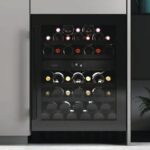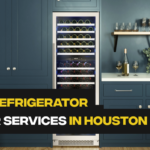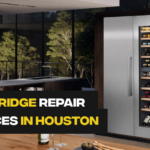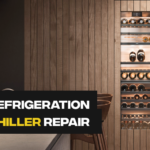Smeg Wine Cooler Internal Temperatures Are Higher Than Normal
Post Date: June 28, 2024
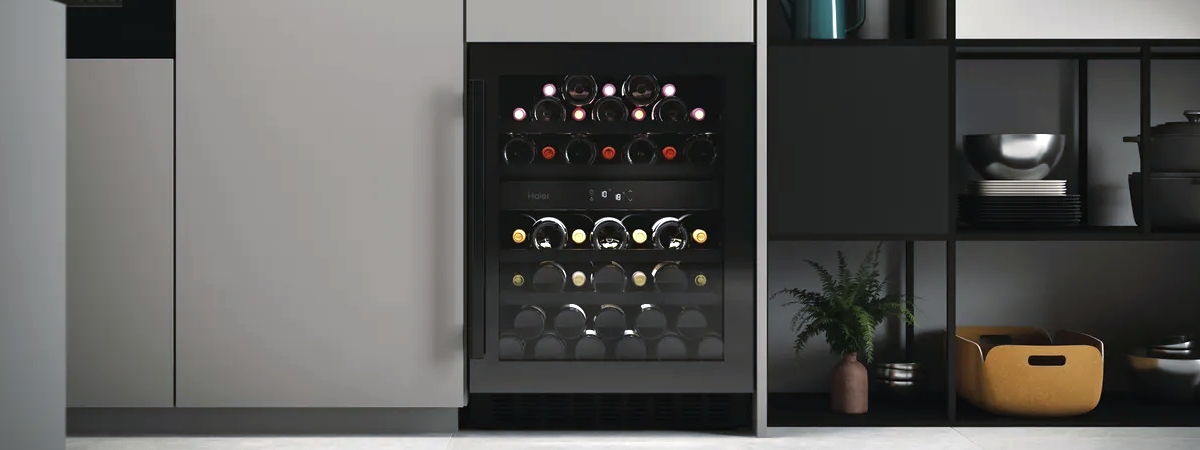
Smeg wine coolers are renowned for their exceptional performance and unwavering dedication to preserving the integrity of your prized wine collection. These top-of-the-line appliances seamlessly blend functionality with aesthetics, creating an ideal environment for your treasured wines to age and mature gracefully. However, even the most sophisticated appliances can encounter occasional issues that may disrupt the delicate balance of temperature and humidity within your wine cooler.
One common issue that Smeg wine cooler owners may encounter is elevated internal temperatures. This can be a cause for concern, as it can affect the quality and longevity of your wine collection. If you’re facing this issue, don’t fret! This comprehensive guide will delve into the potential causes of higher-than-normal temperatures in your Smeg wine cooler, provide DIY troubleshooting solutions, and outline preventive measures to help you maintain the optimal environment for your wines.
Understanding the Causes of Elevated Temperatures
-
Incorrect Temperature Setting: The most common cause of high temperatures in a Smeg wine cooler is an incorrect temperature setting. Ensure the thermostat is set to the desired temperature range for your wine collection. Different wine types require specific storage temperatures to maintain their optimal quality.
-
Faulty Thermostat: If the thermostat itself is malfunctioning, it may not be accurately registering or controlling the internal temperature. A faulty thermostat can cause the cooler to cycle on and off erratically, leading to fluctuations in temperature.
-
Dirty Condenser Coils: The condenser coils play a crucial role in dissipating heat from the refrigerant system. If the coils are clogged with dust or debris, they can impede heat transfer, causing the internal temperature to rise.
-
Prolonged Door Openings: Leaving the wine cooler doors or drawers open for extended periods allows warm air to enter, disrupting the temperature-controlled environment. This is particularly common during loading or unloading bottles.
-
Introduction of Warm Items: Adding large quantities of warm or unchilled items to the wine cooler can temporarily raise the internal temperature. The cooler may take some time to regain its equilibrium and reach the desired temperature setting.
DIY Troubleshooting Solutions for Elevated Temperatures
-
Verify Temperature Setting: Double-check the thermostat setting to ensure it’s adjusted to the appropriate temperature range for your wine collection. Refer to your Smeg wine cooler’s user manual for specific temperature recommendations.
-
Inspect Thermostat Operation: Observe the thermostat’s behavior. If it seems unresponsive or erratic, it may be faulty and require replacement. Consult a qualified appliance technician for diagnosis and potential thermostat replacement.
-
Clean Condenser Coils: Locate the condenser coils, typically positioned at the back or bottom of the wine cooler. Use a soft brush or vacuum cleaner with a brush attachment to carefully remove any accumulated dust or debris.
-
Minimize Door Openings: Avoid leaving the wine cooler doors or drawers open for extended periods. When accessing the cooler, open and close the doors promptly to minimize warm air intrusion.
-
Allow Time for Temperature Adjustment: If you’ve recently added warm items to the cooler, allow sufficient time for the cooler to regain its equilibrium and reach the desired temperature setting.
Preventive Measures to Minimize Temperature Fluctuations
-
Regular Maintenance: Schedule regular maintenance checks with a qualified appliance technician to ensure the overall health and functionality of your Smeg wine cooler, including inspecting the thermostat, condenser coils, and door seals.
-
Proper Usage: Avoid overloading the wine cooler and ensure the doors are properly closed after each use to prevent temperature fluctuations and potential damage to the door seal.
-
Monitor Temperature: Regularly monitor the internal temperature of the wine cooler using a thermometer to ensure it’s maintaining the desired settings for your wine types.
-
Prompt Cleaning: Clean up spills promptly and wipe down the interior of the wine cooler regularly to prevent moisture buildup and potential mold growth.
-
Qualified Repairs: If you encounter any persistent temperature issues or suspect a more significant malfunction, contact a qualified appliance repair technician to avoid further damage and ensure proper repair using genuine Smeg parts.
Maintaining a consistent and optimal temperature within your Smeg wine cooler is crucial for preserving the quality and longevity of your wine collection. By understanding the potential causes of elevated temperatures, implementing the DIY troubleshooting solutions provided, and adhering to preventive measures, you can effectively address temperature-related issues and ensure your Smeg wine cooler continues to safeguard your treasured wines. Remember, if you encounter any complex repairs or persistent temperature fluctuations, don’t hesitate to seek assistance from a qualified appliance technician for proper diagnosis and repair.



